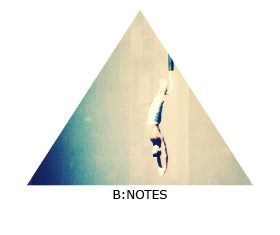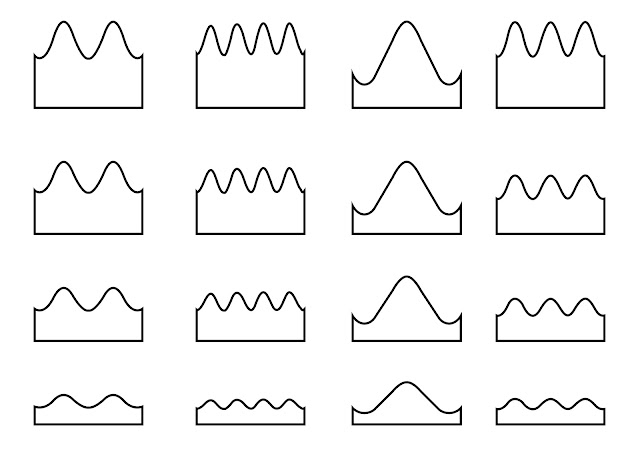For further developments and process posts, please visit my other research blog, Übernotes.
10/9/12
9/25/12
9/24/12
9/23/12
Pepperpod test video
Pepperpod test 001 from Yuri Endo on Vimeo.
While waiting for the holographic projection screen film to arrive, I run tests based on Pepper's Ghost technique. Out of a few options that I found, I chose the pyramid method to test 360° hologram (faux) illusion.
See more process posts >> Übernotes Pepper's ghost: 360° illusion pyramid test
Laser cut prototype idea 001
I modeled a sound wave/rocky mountain-like object to be laser cut. This would be placed on the ipod touch for a test ride to see how the light (motion picture) reflects through it.
9/22/12
Pepper's Ghost
museumvictoria.com.au
Pepper's Ghost is an illusionary technique, which directly connects to how light and reflection behave. By utilizing special lighting teqniques and plate glass, it makes viewers see objects that are not physically there. In that sense, this method has been frequently used for theater, haunted house, magic tricks and special effects in movies.
Pepper's Ghost is an illusionary technique, which directly connects to how light and reflection behave. By utilizing special lighting teqniques and plate glass, it makes viewers see objects that are not physically there. In that sense, this method has been frequently used for theater, haunted house, magic tricks and special effects in movies.
The first known description of the effect is found in a 16th century Naepolitan scientist and scholar, Giambattista della Porta's work Magia Nuturalis (Natural Magic) from 1584.
Later in the 19th century, the tequnique was developed by inventor Henry Dircks as the Dircksian Phantasmagoria, in which a ghost appears on-stage during theater performances. Consequently, the effect was named after John Henry Pepper, who modified Dircks's concept and demonstrated it during a scene of Charle's Dickens's The Haunted Man in 1860, which led him to a great success.
Currently, Pepper's ghost effects can be found in various museum exhibitions, amusement attractions and onstage live performances. 3D holographic projection technology is also based on this illusionary technique.
9/21/12
Project revision
Throughout the duration of this course, I plan to focus on developing my ongoing Holography experimentation, in connection with rapid prototyping and fabrication for the purpose of visual art and new media.
Applying the principle of light and optics, my prime goal is to generate a 3D holographic display, in which 3D printed object ( or laser cute object) serves as the center of this installation.
On that note, I plan to proceed with the following carte;
A. Rapid prototyping and fabrication
>> STAGE ONE 3D formation and modeling
>> STAGE TWO Laser cutting and 3D Printing
>> STAGE THREE 3D animation
>> STAGE THREE 3D animation
B. Device and Space design
>> STAGE ONE 3D Holographic display (based on an illusionary technique, Pepper's Ghost) design and fabrication
>> STAGE TWO Exhibition production design (for its exhibition during the Degree show scheduled in late December, 2012. )
Related blogs: Yuri Endo thesis research blog >> Übernotes
Yuri Endo Independent Studies II research blog >> Anotes
9/6/12
Space and Digital Fabrication
Yuri Endo 2011
Thank you for visiting B:notes. The prime purpose of this blog is to document developments of the academic course, Space and Digital Fabrication One, in connection with my thesis project, which focuses on the properties of lights and the perception of space for the purpose of visual art and new media, under the supervision of Professor David Hall at IDAS (Hongik University). Please sit back and enjoy my compelling journey.
Reference: Yuri Endo thesis research blog >> Übernotes,
Opiumblue research blog>> Digital Fabrication
Subscribe to:
Posts (Atom)











